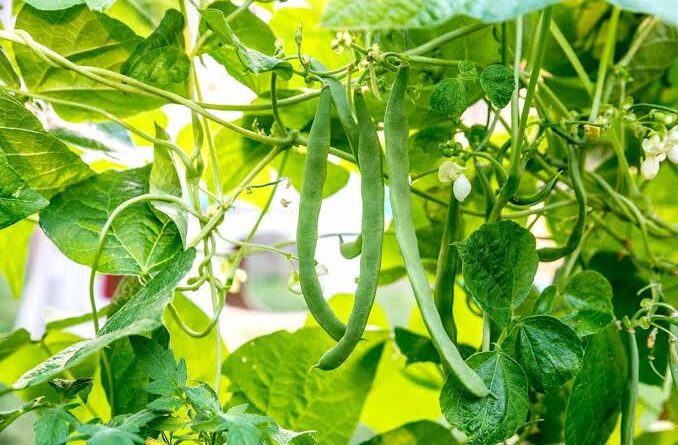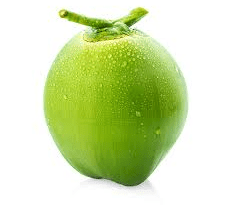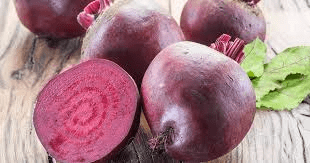How to Grow Beans
How to grow beans; Beans are amazing! They come in different shapes and colors, these little wonders are seeds that grow in pods and people all over the world eat beans because they are super healthy.
Beans are like little nutrient powerhouses. They have protein, which helps our bodies grow and stay strong. They also have fiber, which is like a broom for our insides, keeping things moving smoothly. Fiber is good for our tummies!
You can find beans in various dishes. Some people make soups with beans, while others cook them in stews. Mexicans have delicious dishes like refried beans, and in India, they make dal with lentils, which are also a type of bean. So many tasty possibilities!
These magical beans also help the soil. When farmers plant beans, they add nitrogen to the soil. Nitrogen is like plant food, making the soil happy and healthy. It’s like beans are not just good for us but also for the earth!
Did you know that beans have been around for a very long time? People have been eating beans for thousands of years. They are a traditional food in many cultures. It’s like beans are a timeless treasure on our plates.
Beans also come in different varieties. There are black beans, kidney beans, pinto beans, and many more. Each type has its own special flavor and texture. Some are creamy, while others are a bit firmer. It’s like a bean adventure for our taste buds!
Cooking beans is an art. You can soak them overnight or use a pressure cooker to make them soft and tasty. Some people add spices to make their beans extra flavorful. It’s like a symphony of flavors dancing in your mouth when you take that first delicious bite.
In addition, beans are not just simple seeds; they are superheroes in the world of nutrition. They provide us with essential nutrients, make our meals diverse and exciting, and even contribute to the health of our planet. So, the next time you see a plate with beans, remember you’re not just eating a meal – you’re savoring a piece of history and a gift from nature.
Read Also: Ordering Honey Bees: A Comprehensive Guide
How to Grow Beans

Growing beans is a fun and rewarding experience. Here’s a step-by-step guide to help you cultivate these versatile plants:
1. Choose the Right Variety: There are different types of beans, such as green beans, bush beans, and pole beans. Select a variety that suits your climate and gardening space.
2. Select a Sunny Spot: Beans love sunlight. Choose a location in your garden that receives at least 6-8 hours of sunlight per day. This will ensure optimal growth and a bountiful harvest.
3. Prepare the Soil: Beans prefer well-draining soil rich in organic matter. Ensure the soil is loose and crumbly. You can add compost to improve fertility.
4. Planting Seeds: Plant your bean seeds directly into the soil after the last frost date. Space them according to the recommendations for the specific bean variety. Plant them about 1 to 1.5 inches deep.
5. Watering: Keep the soil consistently moist, especially during the flowering and pod-setting stages. Water at the base of the plants to avoid wetting the foliage, which can lead to diseases.
6. Support for Climbing Varieties: If you’re growing pole beans, provide some support for them to climb. This could be a trellis, stakes, or a bean tower. It helps in maximizing space and makes harvesting easier.
7. Fertilizing: Beans generally don’t require a lot of fertilizer. However, you can apply a balanced, all-purpose fertilizer when they start flowering. Avoid high-nitrogen fertilizers, as they can promote leafy growth at the expense of bean production.
8. Weeding: Keep the area around your bean plants weed-free. Weeds can compete for nutrients and water, affecting the growth of your beans.
9. Harvesting: Beans are usually ready to harvest about 50-60 days after planting. Pick them when the pods are firm and crisp. Harvest regularly to encourage more bean production.
10. Saving Seeds: If you want to save seeds for the next planting season, allow some pods to fully mature and dry on the plant. Harvest the dried pods, remove the seeds, and store them in a cool, dry place.
Remember, growing beans is a straightforward process, and with a little care, you’ll soon enjoy the satisfaction of harvesting your homegrown beans. Happy gardening!
Types of Beans

Beans come in a variety of types, each offering unique flavors and textures. Here are some common types of beans:
1. Green Beans (String Beans): These are the young, immature pods of common beans. They are harvested before the beans inside fully develop. Green beans are often enjoyed fresh or lightly cooked.
2. Black Beans: Small, shiny, and black, these beans have a creamy texture and a slightly sweet flavor. They are commonly used in Latin American and Caribbean cuisines.
3. Kidney Beans: Large and kidney-shaped, these beans have a robust flavor and smooth texture. They are often used in chili, salads, and soups.
4. Pinto Beans: With a mottled, pinkish-brown appearance, pinto beans are popular in Mexican cuisine. They have a earthy flavor and become creamy when cooked.
5. Navy Beans: Small, white, and oval-shaped, navy beans are named for their use in the navy. They have a mild flavor and are commonly used in soups and baked beans.
6. Lentils: Although not true beans, lentils are often included in the bean family. They come in various colors, including green, brown, and red. Lentils cook quickly and have a nutty flavor.
7. Chickpeas (Garbanzo Beans): Round and beige, chickpeas have a slightly nutty taste and a grainy texture. They are popular in Mediterranean and Middle Eastern dishes, such as hummus and falafel.
8. Soybeans: These beans are high in protein and come in various forms, including edamame (young soybeans), tofu, and soy milk. Soybeans are a staple in many Asian cuisines.
9. Adzuki Beans: Small and red, adzuki beans are commonly used in East Asian desserts. They have a sweet flavor and are often used in both sweet and savory dishes.
10. Lima Beans: Also known as butter beans, lima beans are large and flat. They have a buttery texture and a subtle, nutty flavor.
11. Cannellini Beans: These large, white beans are often used in Italian cuisine. They have a mild, nutty flavor and a smooth texture.
These are just a few examples, and there are many more varieties of beans, each with its own distinct characteristics. Experimenting with different types of beans can add diversity and nutrition to your meals.
Read Also: Best Flowers for Honey Bees
The Best Beans to Grow

Choosing the best beans to grow depends on factors like your climate, available space, and personal preferences. Here are some popular and versatile beans that are generally well-suited for home gardens:
1. Green Beans (Bush or Pole): Green beans are a classic choice, and you can opt for either bush or pole varieties. Bush beans are compact and suitable for smaller spaces, while pole beans can be grown vertically, maximizing space.
2. Snap Peas: Though not true beans, snap peas are pod vegetables and are enjoyable to grow. They have a sweet flavor and crunchy texture, making them great for snacking or adding to salads.
3. Lima Beans (Bush or Pole): Lima beans come in both bush and pole varieties. They have a buttery texture and are delicious in soups and stews.
4. Kidney Beans: Kidney beans are versatile and can be used in various dishes, including chili, salads, and casseroles. They have a robust flavor and hold up well in cooking.
5. Black Beans: Black beans are commonly used in Latin American cuisine. They have a rich, earthy flavor and are perfect for dishes like black bean soup, rice and beans, or salads.
6. Pinto Beans: Popular in Mexican cuisine, pinto beans have a creamy texture and are great in dishes like refried beans, burritos, and chili.
7. Chickpeas (Garbanzo Beans): Chickpeas are known for their nutty flavor and versatility. They can be used in salads, soups, or ground into flour for baking.
8. Soybeans: Soybeans are rich in protein and can be used in various forms, such as edamame, tofu, or soy milk. They are a staple in many Asian dishes.
9. Cannellini Beans: These large, white beans are often used in Italian cuisine. They have a mild flavor and work well in soups and casseroles.
10. Adzuki Beans: Adzuki beans have a sweet flavor and are commonly used in Asian desserts. They can also be included in savory dishes.
When choosing beans to grow, consider your taste preferences and how you plan to use them in your cooking. Additionally, check the specific growing requirements for each variety, such as sunlight, soil type, and water needs, to ensure a successful harvest.
Read Also: The Importance of Ethics in Business









